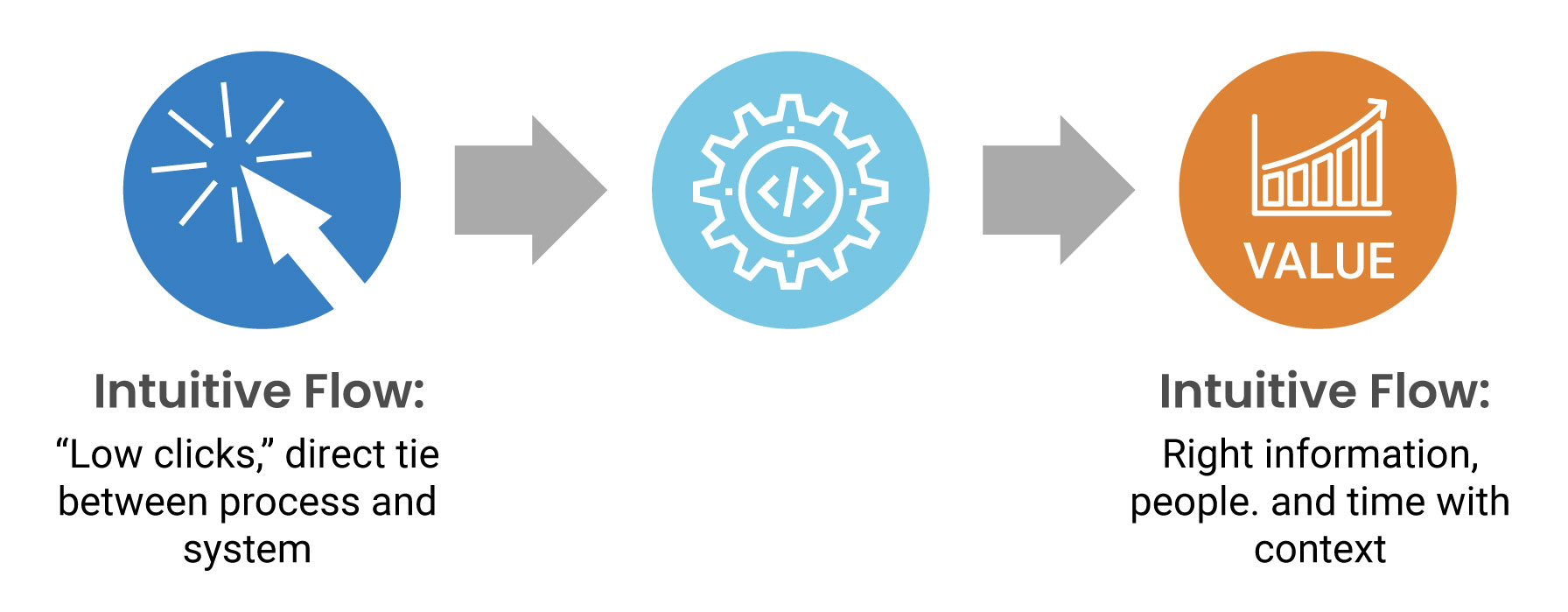by Clarity by Rego
Share
- Achieving Organizational Value with PPM and Agile
- Making OCM Work for You
- Create a concise message
- Take a Holistic Approach
- 1 – Start from the top down
- 2 – After understanding the “why,” follow the flow below to support the high-level system design
- 3 – After process and data entry requirements are established, the system must be streamlined and aligned to the actions executed by end-users
- About the Guest Author: Erich Kissel
- Get Notified of Updates.


Success depends on a seemingly endless list of factors: process and system maturity, appetite for investment, leader and team skills, understanding user pain and value propositions, internal politics, and changes in reporting structures or key initiatives. Add to this list the complications that may arise through changing tools or pivoting to different methodologies, such as hybrids of waterfall PPM, Agile, and DevOps.
So, how do you achieve, re-achieve, and transparently demonstrate the benefits of PPM processes and systems? The answer may very well be an adoptable and adaptable Organizational Change Management (OCM) framework. A solid OCM framework can help Work Management practitioners promote process and system adoption. We discussed this recently, in our article How to Simplify Change with Organizational Change Management. But even without a fully formed OCM framework, it’s still possible to create and demonstrate value from the PPM-centric concepts below.
Making OCM Work for You
No matter where your PPM group is or what factors affect your situation, you can build skills progressively without resorting to expensive training or consultants. As groups see value from OCM activities, some invest further, but this activity can start at the grass-roots level with very little overhead. It simply requires some thoughtfulness and insights into organizational culture.
What follows below is an OCM strategy you can tweak to meet your specifications. This strategy provides principles and communication tools to help with campaign scope, tasks, and OCM investments’ prioritization. You can use it as a starting point to build your OCM checklist, cadence, and calendars.
Create a concise message
As you build a communication plan and training strategy, focus heavily on pre-training awareness, hands-on activities, and reinforcement/support. When changes arise, get in front of them with a concise and resonating message to curtail misinformation, build trust and transparency, and help employees understand the value proposition and impact of the implemented investment.
When generating content, it adds efficiencies and effectiveness to build it with the intent of re-use in different communication mediums. While imperative to have a consistent message, much of the material that makes up the OCM artifacts can be pre-built well ahead of a change. A standard example of this is a “what’s in it for me” graphic, which may be used in an awareness communication or overview presentation, then included in training and later as part of success realization. This concept can be applied at every point of process and system implementation or maturity. Fundamentally, the core idea is people doing profitable processes.
The value of a process/system can be measured by the efficiency of input and value of output.

Take a Holistic Approach
At the highest level, any implementation or application management strategy must integrate organizational business objectives, IT business drivers, and expected solution outcomes. An effective high-level design provides traceability between the requirements, the technology that supports them, and the architecture on which the technology will be deployed. The term “traceability metrics” applies to this upward and downward flow for all activities.
1 – Start from the top down
Business objectives drive purpose and requirements as the “why” to enable the solution. The “how” is tracked up when building the implementation. By defining business objectives for each current and new process and system function, you can tie work directly to a value output, even if it’s a high-level definition. This means that every necessary action is defined and communicated from the perspective of outcomes. For example:
- Entering time enables specific business needs such as answering the questions, “How well are we planning?” and “Are my teams working on the highest-priority activities?”
- Project status reporting standards create weekly risk mitigation and support from leadership
- Team members’ hard book approval process supports the resource and project managers as they plan allocations and staffing

2 – After understanding the “why,” follow the flow below to support the high-level system design
Initially, reporting is a frequent topic, but the first area of focus in implementation is often data entry. Once data is gathered, reporting is finalized. However, it’s vital to remember that every data entry point should tie directly to an insightful output, and reporting must be the driver of data entry.
- Establish dashboard/report insight requirements and the process for consumption, cadence, and audiences
- Define field-level data and logic requirements associated with reporting
- Establish field-level input strategy and define process, cadence, and audience for data entry
- Define audit and data quality KPIs
3 – After process and data entry requirements are established, the system must be streamlined and aligned to the actions executed by end-users
To facilitate operational efficiency and data quality, the key goals of the deployment should be intuitiveness, simplicity, and relating actions to the people taking them. Remember that PPM and/or Agile system and process practitioners need to constantly deliver solutions with people, not just users, in the middle of the implementation lifecycle.
- Setting login home to primary role activity
- Giving dashboards, reports, interactive system views, tabs, and home menu items the same names as their associated processes
- Removing views of any unused functions, including reporting based on role
- Configuring dashboards, reports, and interactive system views with only the required data input

Early on, you will need to evaluate your business ecosystem and plan to mature at a pace your organization can manage and then leverage tested tools to gain the highest ROI (Return on Investment). Achieving valuable PPM outcomes depends on many factors. This includes process and system maturity, budget access, leadership buy-in, resources, skills, and capacities. Other considerations include how well you understand user pain and the value propositions.
By focusing on the best practices, we’ve highlighted here for helping people through adoption strategies, you can greatly improve the value of a solution for your entire organization.

About the Guest Author: Erich Kissel
Erich Kissel is a Project Portfolio Management (PPM) thought-leader and systems architect / group manager who has delivered solutions that put people at the center of process ecosystems via adoption-centric design, and proven value delivery methodologies. He is a contributing author of the book Realize PPM (2020), an active blogger at PPMWarrior.com, @PPMWarrior, and has presented at many industry events, including Global PMI and Gartner Summit.
STAY IN THE LOOP
Get Notified of Updates.
Stay ahead of the curve by subscribing to our newsletter. Get the latest insights, strategies, and tools delivered straight to your inbox, and empower your business to achieve more.

